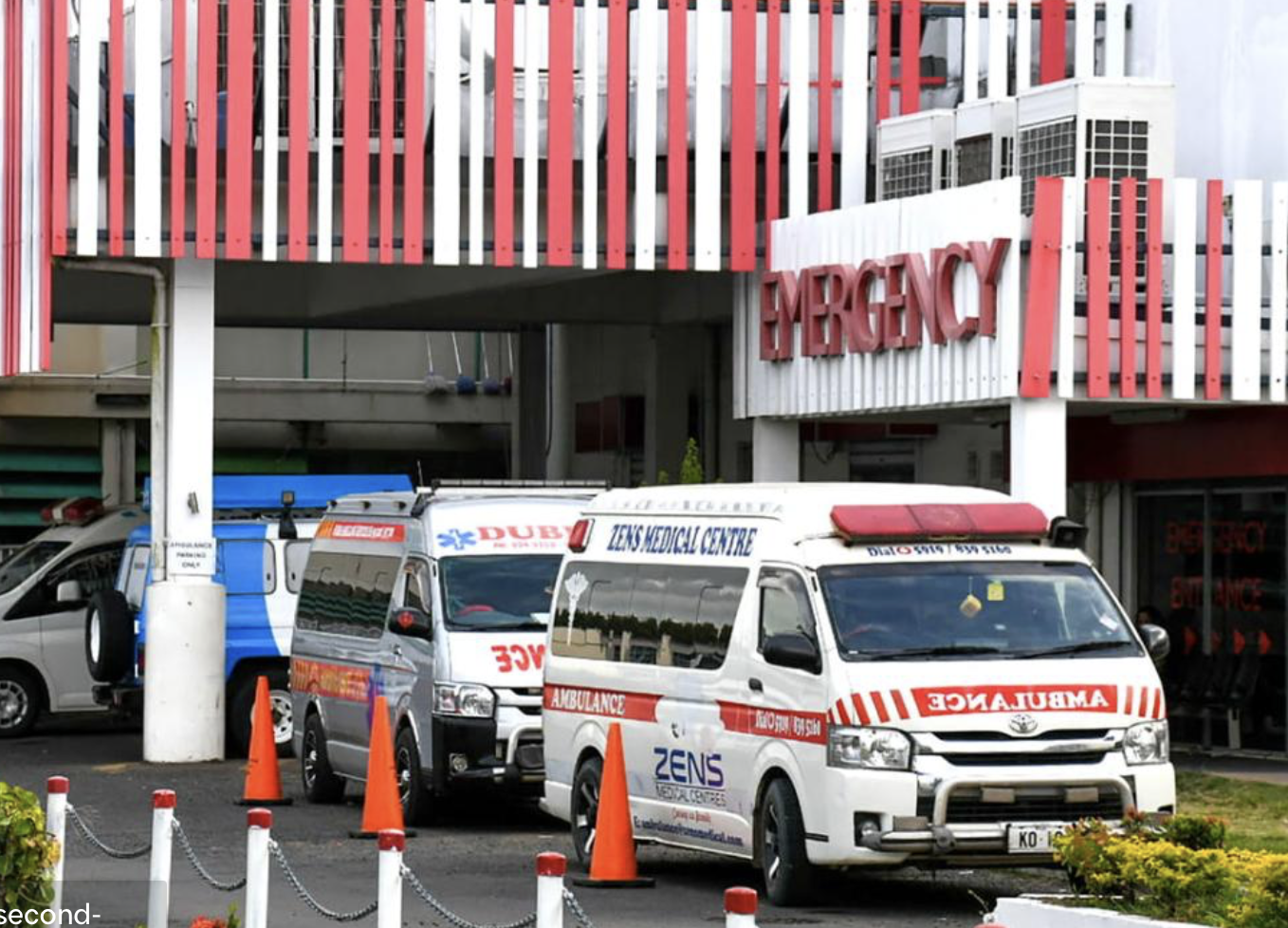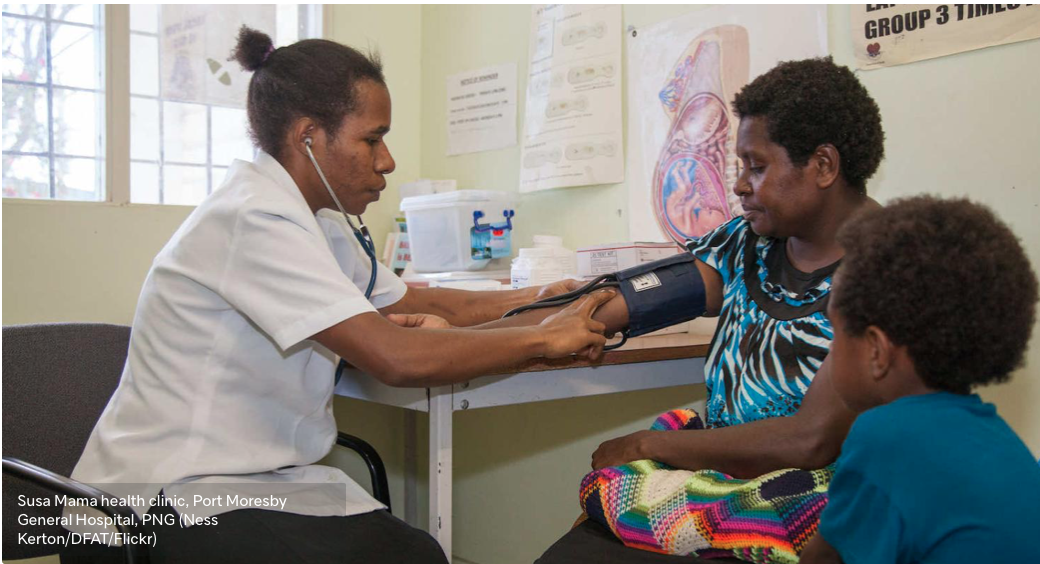Papua New Guinea is a lower-middle-income country with a complex geography and predominantly rural population. It is in the early stages of a demographic and epidemiological transition due to the high burden of disease attributable to communicable diseases, and maternal and child health conditions.
The governance of the health system in Papua New Guinea is decentralized. While the National Department of Health (NDOH) manages the provincial hospitals, provincial and local governments are responsible for primary and secondary care health centres. Provinces also delivery health services under a system, defined by the Provincial Health Authorities Act, 2007, and governed by the provincial government.[1]
Coverage varies significantly by geographical region, depending on the provider. For example, in rural areas, churches play a significant role, operating over 50% of the rural service area network. In addition, there are also employer-provided health care services, a small private sector, some small NGOs, and a much larger traditional sector.
High dependence on external assistance; low OOP due to forgone care
The government is the main funding agent, through a tax-based system. External assistance takes up a significant share of current health expenditure (CHE) (21%). Although services are free, user fees are charged due to shortfalls in funding for the operation of health facilities and untimely flow of funds. Out-of-pocket (OOP) expenses are estimated to be only 10% of CHE. However, OOP levels that are coupled with low or declining service utilization rates and high mortality reflect forgone care.[2]
The health system challenges in Papua New Guinea are formidable, given the level of economic and infrastructure development, and the challenge associated with reaching the rural and remote majority in geographical terrains with limited accessibility. The tight fiscal context and the prospect of declining development partner assistance presents financial challenges and will demand higher levels of efficiency in support of universal health coverage with equity goals. The shortage of qualified human resources for health in rural and remote areas demands significant policy and planning priority.
“Back to Basics Approach” to improve access to primary health care
These challenges support the case for a “back-to-basics approach”, which will entail investment in health system readiness across the country for improved access to primary health care, particularly in rural and remote areas. Strong health management capabilities are required at provincial and district levels to execute these interventions. Whole-of-government financing reforms are essential to ensure adequate and timely financing.
[1] Grundy, J., et al. Grundy J, Dakulala P, Wai K, Maalsen A, Whittaker M. Papua New Guinea Health System Review. Vol. 9 No. 1. New Delhi: World Health Organization, Regional Office for South-East Asia; 2019. World Health Organization Regional Office for South-East Asia, 2019.
[2] Hou, Xiaohui, and Janes, Laurin. “Papua New Guinea – Health Financing System Assessment” World Bank. Accessed 11 Oct. 2023.



